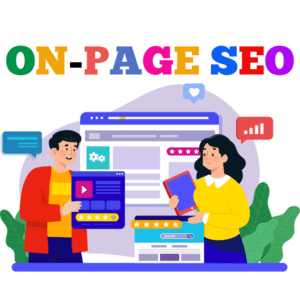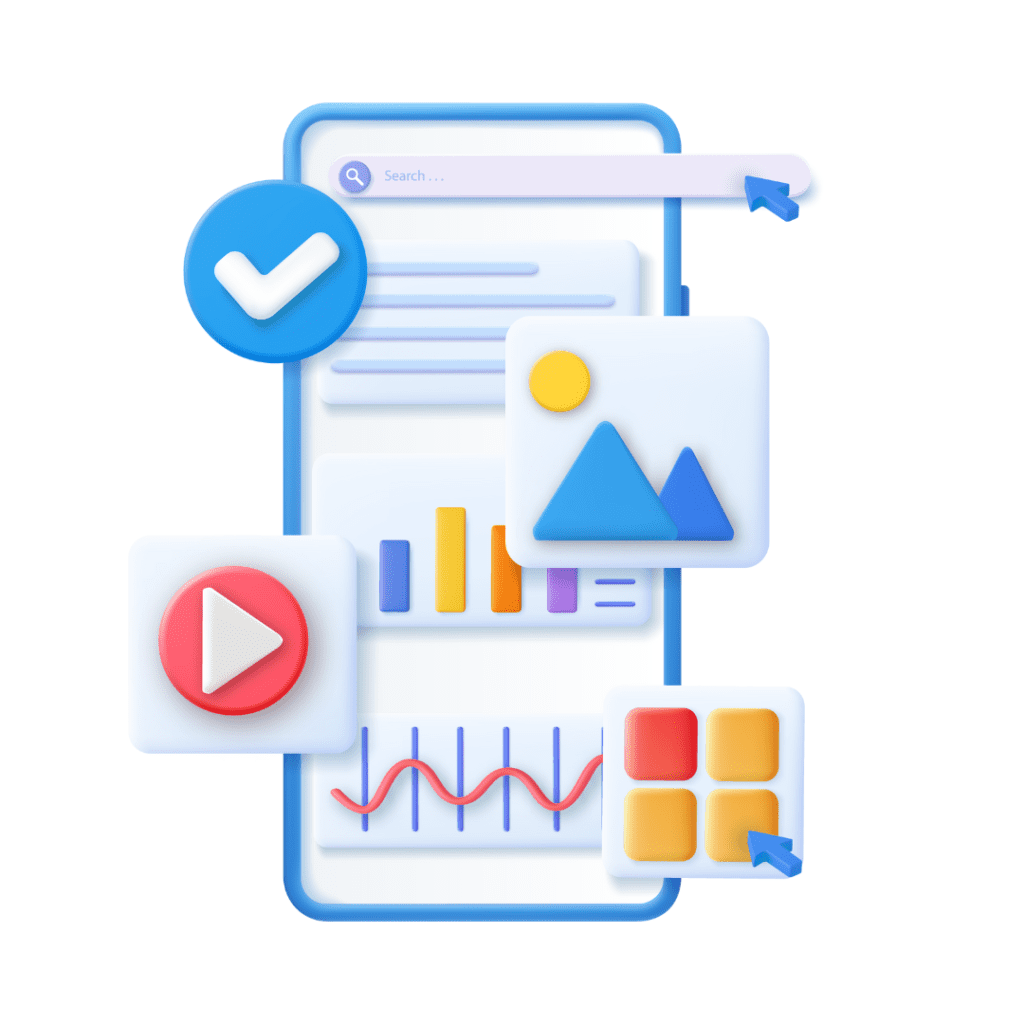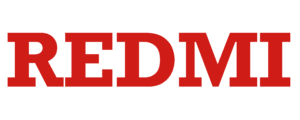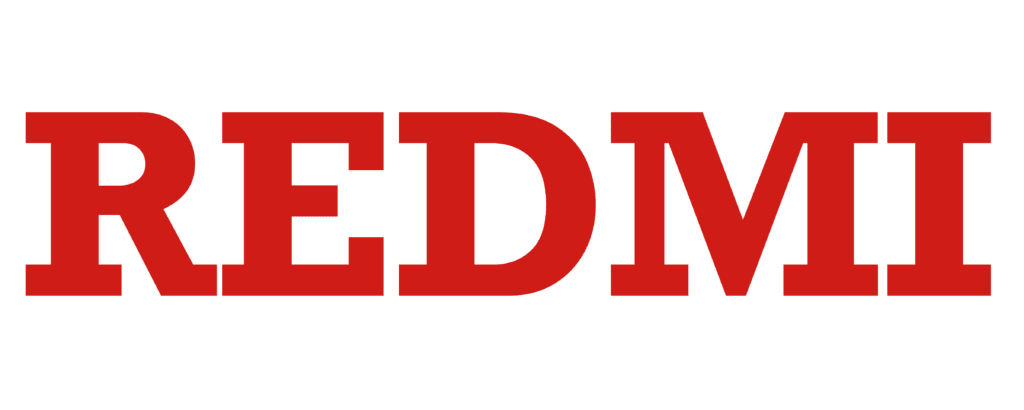
 On-page SEO means optimizing a webpage to rank higher with a specific keyword.
On-page SEO means optimizing a webpage to rank higher with a specific keyword.
First, let’s understand what SEO is. Consider your website a shopfront in the busy bee world—the internet. You’ve got the best product or the best service. For marketing purposes, you use pamphlets for a shopfront to increase its visibility. In the world of the internet, we use SEO to increase your website’s visibility.
Now you must have a blurry idea of what SEO is.
SEO is search engine optimization. As those pamphlets help customers get to know more about your shopfront, SEO helps search engines understand your content, helping users find the site. SEO is the part of digital marketing.
Digital marketing is the practice of promoting a brand online to increase potential customers, brand awareness, sales leads, products, and services.
SEO typically stands for Search Engine Optimization, and it is arguably the most important strategy in online marketing. It is a holistic method that is designed to rank higher in SERPs and attract more organic traffic to your resource.
There are three parts to this SEO:
- On-page SEO
- Off-page SEO
- Technical SEO
On-page SEO is those elements that directly control your website, and they significantly impact your search engine rankings. On-page SEO ranking factors like high-quality content, keyword research, title tags, and much more.
While there is another side, which plays in the backend—off-page SEO. Factors like backlinks come under off-page.
On-page SEO ranking factors are as important as off-page SEO ranking factors. Competitive strategy in digital marketing cannot ignore the relevance of search engine optimization. It’s an effective, or rather, systematic, way of ensuring that your website appears on the first pages of search engine result pages to attract traffic naturally. The technical SEO aspect deals with the technical part of the website.
Do you want to learn how to improve your website’s rankings on search engines and get more traffic? Let’s dive in and understand the most important on-page SEO factors.
Top 15 On-Page SEO Factors
Here are the 15 on-page SEO ranking factors:
1. High-Quality Content
- You often listen to “Content is the King.“ This is one of the important On-page SEO factors.
- Make sure that what is written on the page is relevant to the target keywords and will be useful or of interest to visitors.
- Do not write work that’s similar to another website or article; write your work without copying.
- Offer as much and as detailed data as possible.
- Try to incorporate the target keywords as much as possible in the content, in the title tags, headings, and page content.
2. Keyword Research

- Another On-page SEO factor is keyword research.
- Define the search terms that are related to your business and which have moderate search numbers.
- Check the competition to understand the complexity of these keywords.
- You can apply long-tailed keywords to reach out for the more specific search phrases.
3. Title Tags
- This element is one of the essential On-page SEO factors. Title tags are HTML tags that allow you to give a title to your web page
- The target keyword should be used in the title tag.
- Make sure that the title cover reflects the information that the page contains.
- Make sure that the title tag does not exceed the recommended length and contains just the necessary amount of words.
- Make sure that the content in the title tag does not exceed the word limit and only consists of important words; in short, the title tag should be concise (not more than 50-60 characters).
4. Meta Descriptions
- The meta description is a summary of web page content that is used by SERP (search engine result page).
- The meta description also has to contain your target keyword. As before, when opening your main content, the user probably would read the summary under the title of the web page.
- If your summary does not resonate with the article or blog, Google itself would pick content from your article and make that a meta description. Hence, this too is an important On-page SEO factor. Make sure to pick the right words for your meta description.
- Provide a strong meta description that will persuade people to want to access the site.
- Avoid exceeding the number of characters.
5. Headings (H1, H2, H3, etc.)
- Headings should be used to help you organize your content and make it easy to read.
- Target your keyword at least for a heading tag: Include your target keyword in your heading tag; this would make the search engine easily locate your page. That’s why headings are considered one of the most important SEO ranking factors.
- Hierarchy: It is recommended that headings are each assigned a level (H1 for the highest level, H2 for a level down from that, H3 for a level below H2, and so forth).
6. Image Optimization

- Alt Text: When using images on your site, use alt-tag descriptions to make it more accessible and enhance your search engine rankings.
- File Size: Choose the right image format and size to save to decrease the page’s loading time.
- Compression: Try as much as possible to resize and compress the images you use within the website without affecting their quality.
7. Internal Linking
- Internal linking can be your traffic generator and can be considered one of the important SEO ranking factors.
- Use internal linking to help accessibility within your site and tag for search engine spiders.
- If you are setting up internal linkages, you should use relevant anchor text.
- It is possible to establish a systematic network of internal links.
8. External Linking
- Ensure the website links to other high-quality external websites as a way of showing its legitimacy.
- Links should be external and relative to what you are putting out for your viewers/visitors to see.
- Nofollow Attributes: Always include nofollow links with external links to disassociate a website from it.
9. Mobile-Friendliness
- Responsive Design: Make sure your website can be viewed on any device as it is optimized in terms of screen size.
- Mobile-Specific Optimization: As for usability, the mobile version could include such bonuses as tappable elements and simple navigation.
10. Page Speed
- The higher the page speed, the better the user experience. Low page speed is probably the result of poor on-page SEO factors. Out of many SEO ranking factors, image optimization can be the one.
- Optimization: Never use large images on your page; reduce the page size by avoiding too much use of HTML and CSS codes; and use a CDN server.
- Testing: Select and make use of recommendations from the tool, such as Google PageSpeed Insights, to optimize your website for speed.
11. User Experience (UX)
- Designing your webpage properly too is also a crucial On-page SEO ranking factor Ensure your website has a logical structure, easy-to-follow menus, and an uncluttered look.
- Choose easily readable fonts, proper hierarchy, and adequate line spacing; this will make sure that your web content is easily readable by users and Google, as the more easily Google can understand your content, the higher the chance of your content being ranked.
- Load Times: Fix your website to take considerably much less time to pack so that it does not act to user irritation.
12. URL Structure
- This is another On-page SEO factor that one must keep in mind. Make sure your URL contains your target keyword when it is possible, as this will help google crawlers understand your webpage and can make
- Clarity: Employ straightforward, readable URLs that have no complicating figures.
- Consistency: A website should utilize the same URLs as often as possible for each web page on the site.
13. Schema Markup
- This is the key On-page SEO factor that attracts more clicks and increases visibility.
- Rich Snippets: You should also use schema markup to amplify your search result features with things such as star ratings, product details, or event information.
14. Canonical Tags
- You should use canonical tags if one has duplicate content to indicate which version should be displayed.
15. Fresh Content
- Make sure to have regular updates on your webpage. That would increase the On-page SEO ranking factor.
- Ensure that you repost your website results frequently so that you can ensure that every time the person visits your website, it is highly informative.
Conclusion
With the appropriate use of such on-page SEO factors, the probability of your site ranking highly will increase, and more traffic flow to it will be realized. SEO always creates a long-term strategy, so over and over, assess and improve the website for better competition.





